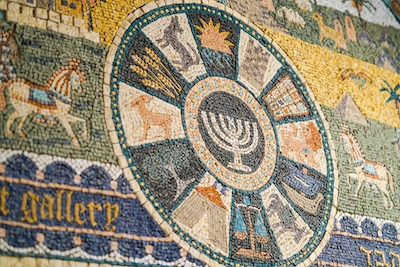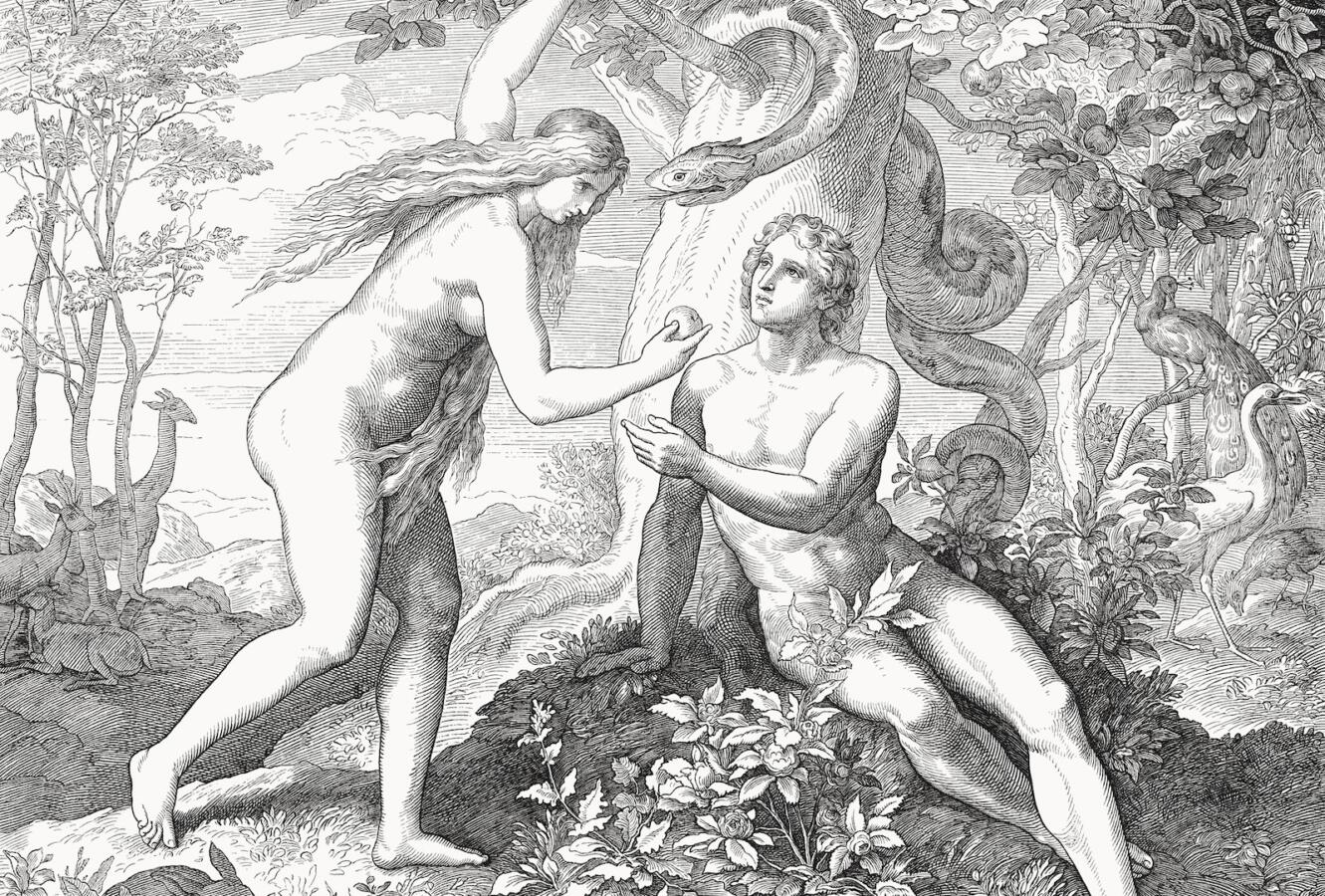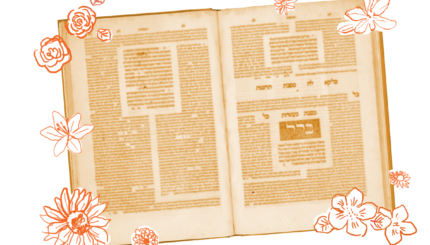The Garden of Eden is the place where, according to the Hebrew Bible, Adam and Eve, the first human beings, were placed by God after the creation of the world only to be exiled after disobeying God’s command. The story of the garden and humanity’s exile from it is foundational not only to the Jewish tradition, but arguably to all of Western civilization, touching on themes of good and evil, obedience and rebellion, the purpose of human life, sexuality, paradise and more.
The narrative begins in the second chapter of Genesis just after the description of God’s creation of the cosmos, at which point God plants a garden to the east of Eden in which grows “every tree that was pleasing to the sight and good for food,” enabling the first humans to nourish themselves with no effort. In the middle of the garden stands the Tree of Life and the Tree of Knowledge of Good and Evil.
God then creates a human being to dwell in the garden with the charge to work it and preserve it. God further commands that the human may eat from any tree in the garden except for the Tree of Knowledge, promising that death will follow if this command is violated. God then causes the human to fall into a deep sleep so that a woman can be fashioned from his side, who is later given the name Eve. Soon after, a snake tells Eve that no punishment will befall her if she eats from the tree, and so she does, also giving fruit to her husband who eats as well. God then banishes them both from the garden and installs cherubim and a fiery sword to guard the way to the Tree of Life.
The Garden of Eden is mentioned only two other times in all of the Hebrew Bible, both in the books of the prophets and in both instances as a metaphor for the opposite of a wasteland. As in other faith traditions, Judaism regards the garden both as a literal place and as a euphemism for heaven or paradise. The Hebrew word pardes, which is related to the English “paradise,” literally means orchard, harkening back to this primordial garden. While Eden was the original paradise, it is also figured as the future destination for souls after death. The El Maleh Rahamim memorial prayer explicitly asks that the Garden of Eden be the resting place of the departed soul.

Help us keep Jewish knowledge accessible to millions of people around the world.
Your donation to My Jewish Learning fuels endless journeys of Jewish discovery. With your help, My Jewish Learning can continue to provide nonstop opportunities for learning, connection and growth.
The rabbis of the Talmud refer to the Garden of Eden in two distinct senses: as a physical location on earth that can be geographically pinpointed and as a purely spiritual reality. In Tractate Shabbat (119b), Reish Lakish teaches that anyone who recites “amen” with all of their strength to someone else’s blessing opens the gates of the Garden of Eden. But in Tractate Eruvin (19a), he speculates about the location of the garden entrance, stating that if the garden is in Israel, it’s entrance is in Beit She’an; if it’s in Arabia, the entrance is in Beit Garem; and if it’s between the rivers of Babylonia, the entrance is in Dumsekanin.
The notion of Eden as an actual place naturally begs the question of where it is. The Bible offers some clues, describing a river that issues forth from Eden and splits into four headwaters: Pishon, Gichon, Hidekel and P’rat. The latter two are generally understood to be the Tigris and the Euphrates, but the other two are disputed, with some suggesting one could be the Nile and others suggesting the Indus or the Ganges. Either way, there is no single source from which any four of these rivers flow, leading some to suggest that the garden exists on a higher plane of reality that normal human consciousness cannot detect.
The distinction between the two meanings of the Garden of Eden continues in kabbalistic literature, which refers to an upper (or spiritual) garden and a lower (or material) garden, while layering on additional strata of mystical symbolism. The river flowing out of Eden and its four branches are said to correspond with various sefirot, the emanations or channels through which divine energy manifests in the world. According to the Zohar, the Cave of Machpelah, where the patriarchs are buried, is the door to the Garden of Eden.
In his book God Is a Verb, Rabbi David Cooper offers a kabbalistic reading of the garden narrative. Prior to eating from the Tree of Knowledge, the physical universe did not exist because there was no separation — all was one, including Adam and Eve, who were one androgynous immortal being. After Adam and Eve eat from the forbidden fruit, the Torah says that “the eyes of both of them were opened” (Genesis 3:7), which Cooper says indicates that a new awareness had been born in which man and woman see themselves as separate, garbed in skin, conscious of their nakedness and doomed, like all living beings, to die. This is the fulfillment of God’s promise that eating from the Tree of Knowledge would result in death. And this new awareness is the inception of human history.



